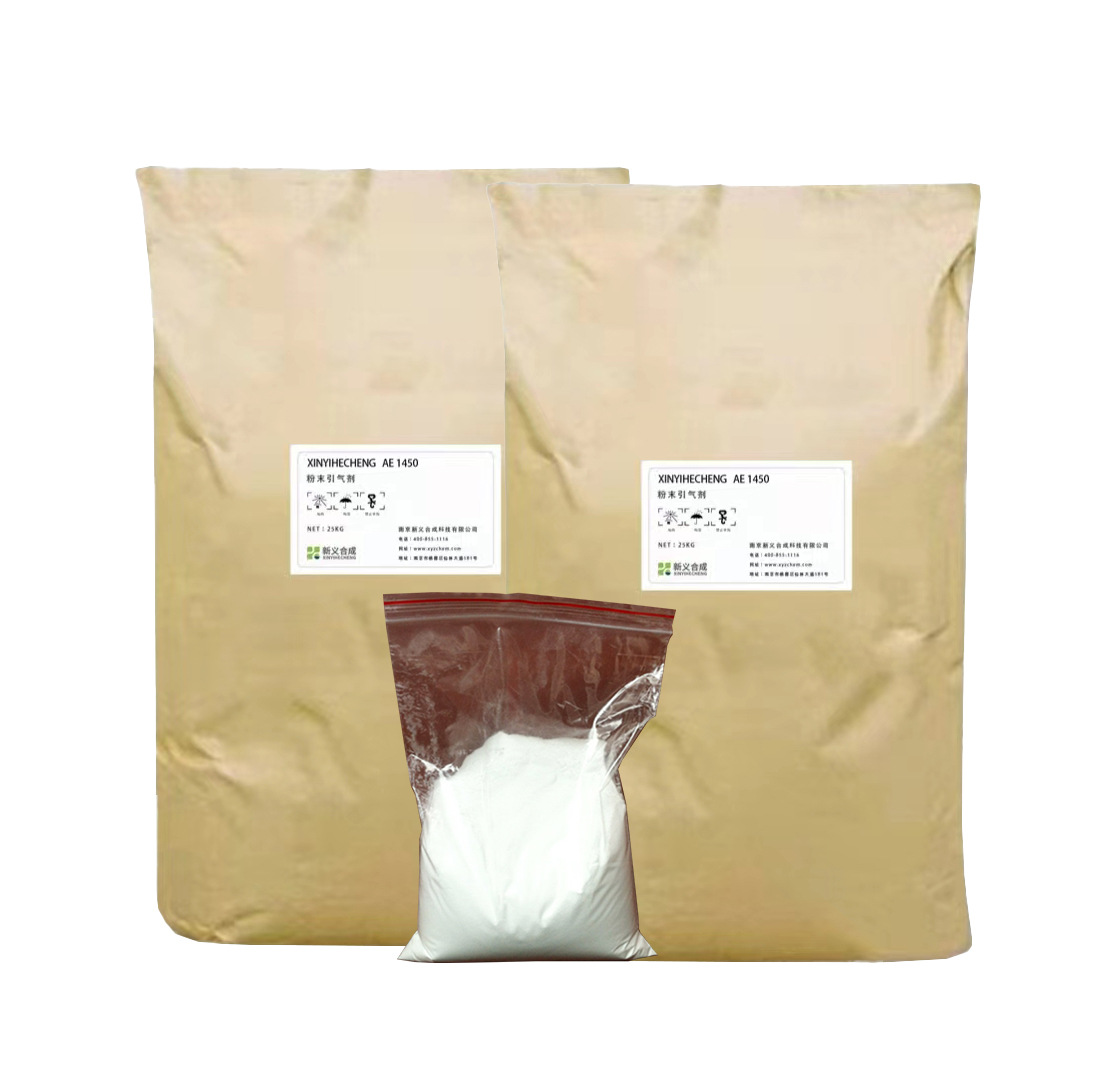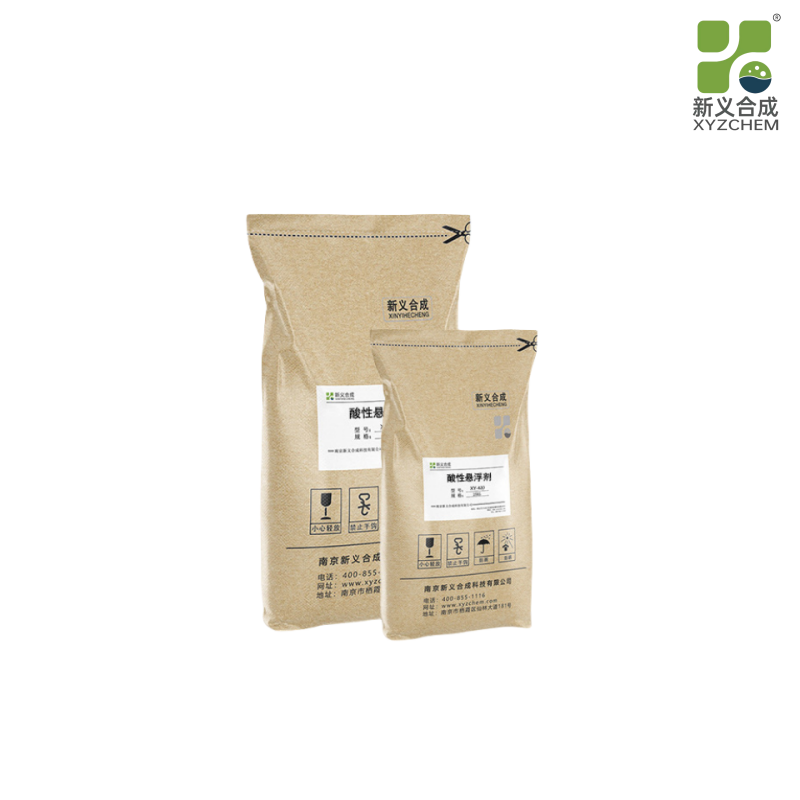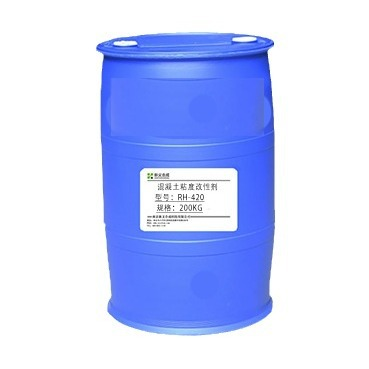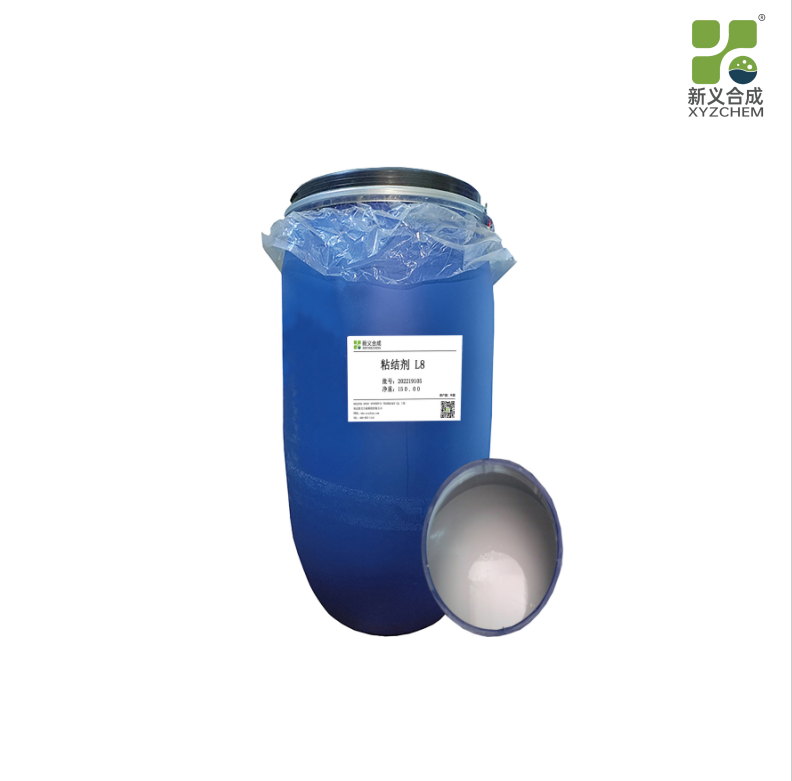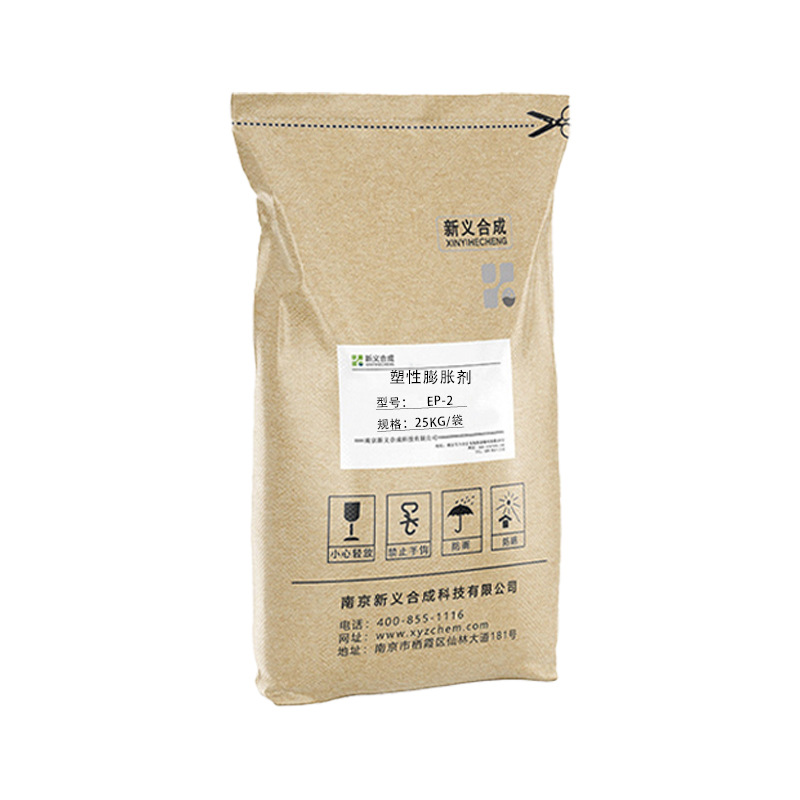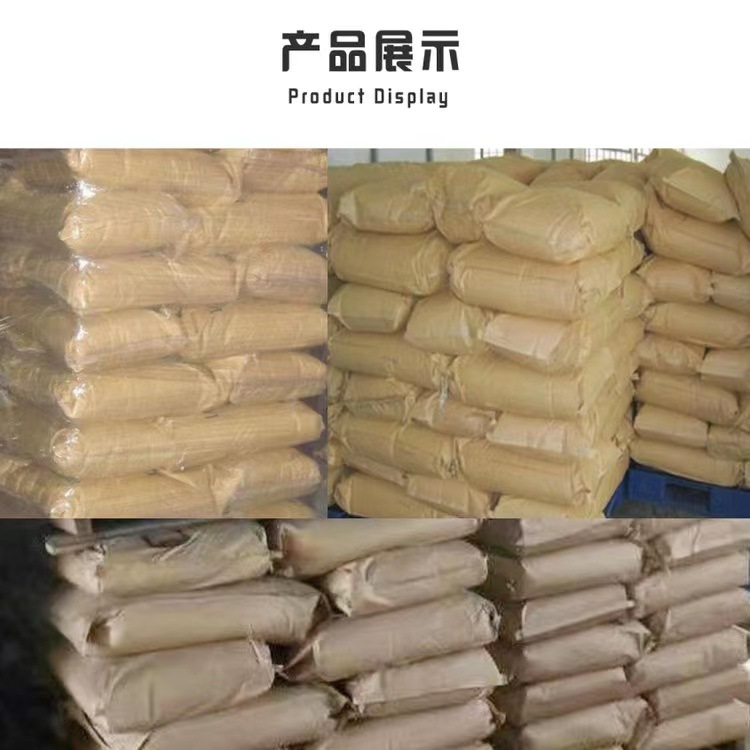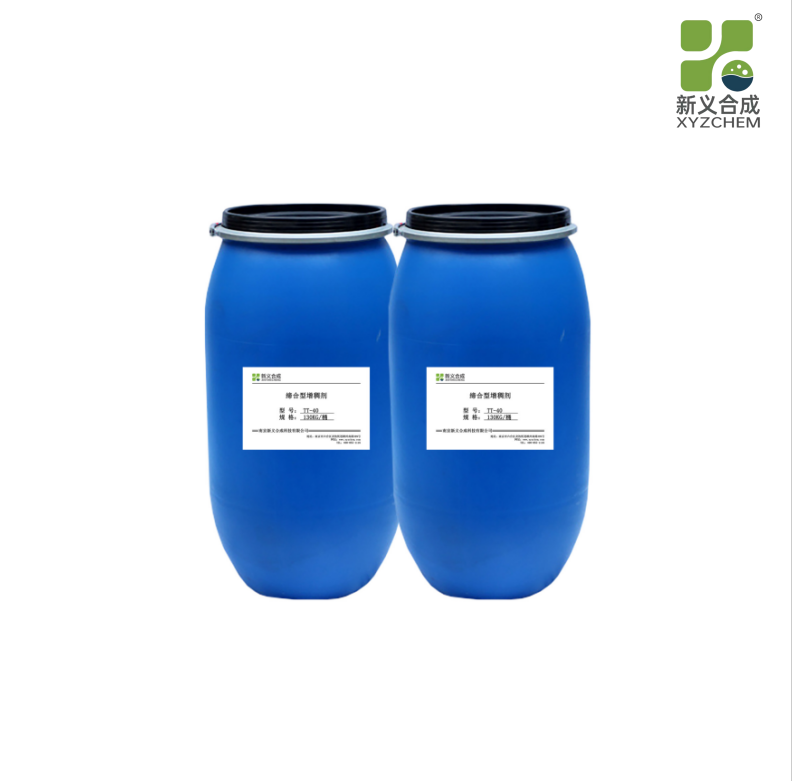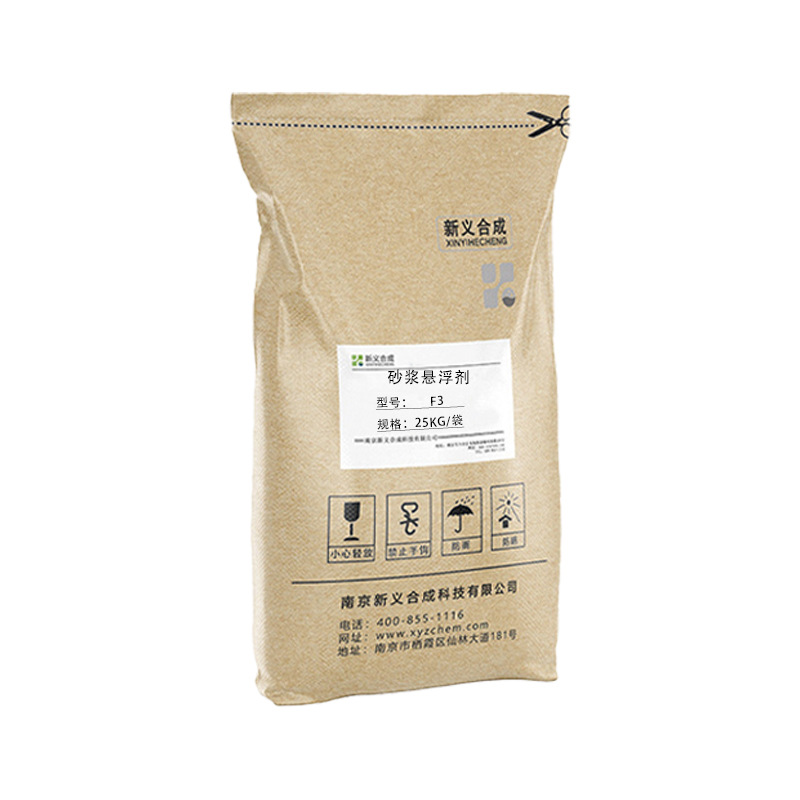The suspension agent developed to solve the problem of easy precipitation and delamination of water dispersion particles has remarkable effect and wide application value. The following is a detailed introduction to this type of suspension agent:
Definition and function
Suspension agent, also known as concentrated suspension agent, flow agent, water suspension or colloidal suspension agent, is a preparation that disperses the solid pesticide in water in particles below 4 microns. Its main function is to prevent particle precipitation and delamination by evenly dispersing solid particles in water, so as to ensure the stability and use effect of the product.
Characteristics
Fine particle size: The particle size of the suspension agent is usually between 0.1 and 3μm, which makes the particles more evenly dispersed in the water, improving the suspension effect.
High suspension rate: Due to fine particle size and uniform dispersion, the suspension rate of the suspension agent is usually high, and the stable suspension state of the particles can be maintained for a long time.
Good efficacy: The pesticide in the suspension agent is dispersed in the water in the form of particles, which can better contact with the crop and improve the efficacy.
Environmental safety: the suspension agent uses water as a solvent and does not contain organic solvents, so it has low volatility, low toxicity and is safe for humans and animals.
Composition and formula
Suspension agent is usually composed of pesticide agent, carrier, dispersant, thickener, antiprecipitation agent, defoamer, antifreeze and water. Among them, additives such as dispersant, thickener and anti-precipitation agent play a key role in the stability and suspension effect of the suspension agent.
Application and advantages
Suspension agent has been widely used in pesticide, fertilizer, coating and other industries. In the pesticide industry, suspension agents are favored because of their fine particle size, high suspension rate, good efficacy and environmental safety. In the fertilizer industry, suspension can improve the utilization rate of fertilizer and reduce environmental pollution. In the coating industry, suspension agents can solve the precipitation and delamination problems that occur during the storage and construction of coatings.
Development Trend
With the improvement of environmental awareness and the development of pesticide dosage forms, suspension agent as an environmentally friendly pesticide dosage form has received more and more attention. In the future, the development trend of suspension agents will be in the direction of high concentration, functional and environmental protection. At the same time, with the development of new drug varieties and the progress of preparation technology, the application range of suspension agents will be further expanded.
To sum up, the suspension agent developed to solve the problem of easy precipitation and delamination of water dispersions has remarkable effect and wide application value. With the continuous progress of technology and the continuous expansion of the market, suspension agents will play a more important role in the future development.
The principle of suspension agent
The main function of the suspension agent is to inhibit particle settlement and aggregation through the stabilizer, dispersant and thickener in its composition, so that the solid particles are evenly dispersed in the liquid and maintain the suspension state. These components work together to improve the uniformity and stability of the suspension.
The method of making suspension agent
Prepare materials: Collect stabilizers, dispersants, thickeners, pure water, and other auxiliary materials such as activated carbon that may be needed.
Preparation of the basic solution: the stabilizer and the dispersant are mixed proportionally, and a certain amount of pure water is added, stirring evenly to form the basic solution.
Add thickener: Gradually add thickener, stirring while adding, until there is no obvious incomplete suspension of particles in the suspension. Be careful to avoid excessive thickening, so as not to affect the suspension effect.
Add other auxiliary materials: According to specific needs, add activated carbon and other auxiliary materials, continue to stir evenly.
Filtration and storage: After the prepared suspension is placed for a period of time, the unsuspended particles are filtered out to obtain a stable suspension. Store the suspension in an appropriate container away from direct sunlight and high temperatures.
